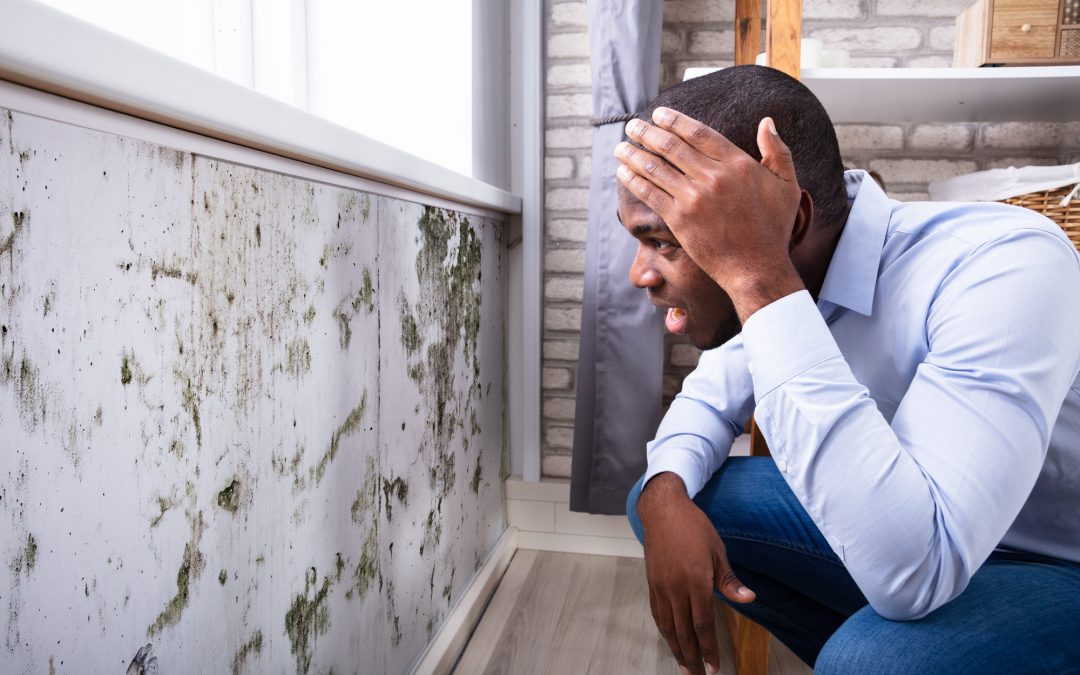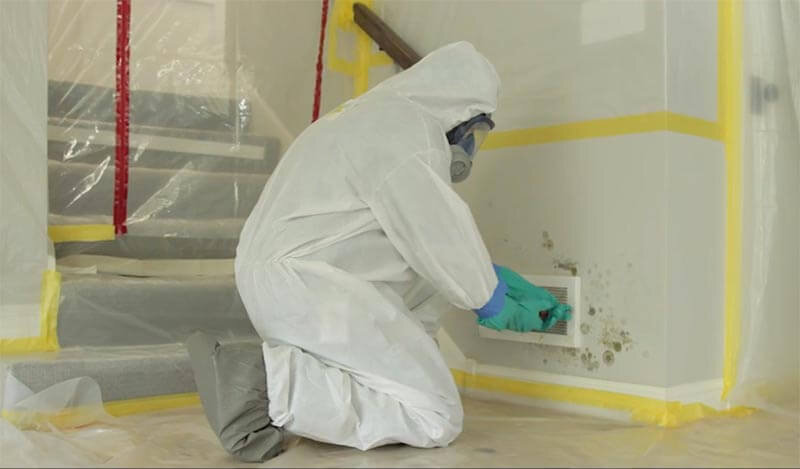Finding Post Remediation Inspection Near Me Solutions
Finding Post Remediation Inspection Near Me Solutions
Blog Article
Trick Tips for Successful Blog Post Mold And Mildew Removal
Successfully finishing mold and mildew remediation is a diverse procedure that calls for focus to information and adherence to certain methods. These steps not only validate the success of the removal initiatives yet likewise add to stopping future mold growth.
Evaluation of Treated Areas
Upon conclusion of the mold remediation process, an extensive examination of the dealt with locations is important to ensure the effectiveness of the removal efforts. This assessment functions as an essential action in the post-remediation stage to verify that the mold and mildew elimination and cleanup procedures achieved success in eliminating the mold and mildew infestation and recovering a safe indoor environment. The assessment should be conducted by qualified professionals that have the know-how to examine the remediated locations thoroughly.
These include aesthetic assessments to check for any kind of signs of mold and mildew growth or water damage, dampness degrees to confirm that the location is dry and complimentary of excess moisture that could advertise mold re-growth, and air top quality screening to make sure that the interior air is risk-free to breathe. Additionally, the examination may entail using specialized tools such as dampness meters and thermal imaging electronic cameras to find covert mold and mildew or dampness pockets that might lead to future mold issues if left uncontrolled.

Moisture Control Steps
Reliable moisture control actions are crucial for protecting against mold and mildew growth and keeping a healthy and balanced indoor setting. In addition, making use of dehumidifiers in damp areas can aid lower moisture levels, making it harder for mold and mildew to thrive.
On a regular basis preserving the structure and evaluating's outside can likewise protect against moisture intrusion. Post Mold Remediation. Making sure that seamless gutters are clear, downspouts straight water far from the structure, and the roofing system remains in excellent condition can assist prevent water from permeating into the building. Appropriately securing home windows and doors can likewise help maintain moisture out
Any type of spills or leaks ought to be cleaned and dried within 24-48 hours to protect against mold and mildew development. By implementing these moisture control procedures, the risk of mold reoccurring can be substantially minimized, producing a much healthier interior atmosphere.
Proper Ventilation Analysis
An indispensable facet of making sure a healthy interior atmosphere blog post mold remediation is performing a thorough analysis of the ventilation system. Post Remediation verification. Correct ventilation analysis plays an essential duty in stopping future mold and mildew growth and keeping air top quality within the afflicted room. Throughout the assessment, experts evaluate the efficiency of the ventilation system, looking for any obstructions, leakages, or malfunctions that might prevent correct airflow. It is necessary to ensure that the air flow system is properly sized for the area it offers and that it satisfies sector standards for air exchange prices.
Moreover, examining the air flow system includes taking a look at the distribution of air throughout the location to identify any locations of inadequate blood circulation where dampness and contaminants might build up. Proper air flow not just assists in regulating moisture levels however also help in getting rid of air-borne mold and mildew spores and other pollutants, therefore boosting overall interior air quality. By attending to any type of air flow concerns publish mold and mildew removal, homeowner can develop a healthier and extra comfortable setting for passengers while lowering the danger of mold re-infestation.
Cleaning and Disinfection Protocols
To make certain comprehensive mold remediation, careful adherence to details cleansing and sanitation protocols is critical. Cleaning and sanitation protocols play an important function in the post-mold removal stage to prevent the reoccurrence of mold and mildew development and make sure a safe and healthy setting. The primary step in this process is the removal of any kind of noticeable mold and mildew growth using ideal cleaner and strategies. It is vital to use EPA-approved fungicides and disinfectants to effectively remove mold and mildew spores and prevent their regrowth.
After the first cleansing, detailed disinfection of the influenced locations is needed to kill any remaining mold spores and prevent their expansion. This action is crucial in protecting against the spread of mold and mildew to various other parts of the residential property. In addition, applying safety nets such as using mold and mildew preventions and preserving appropriate air flow can aid decrease the risk of future mold invasions. By adhering to rigorous cleaning and disinfection protocols, homeowner can make sure the successful elimination of mold and produce a healthy interior atmosphere more helpful hints for residents.
Surveillance and Maintenance Plan
Carrying out a routine monitoring and upkeep strategy is important for guaranteeing the long-term performance of mold remediation efforts. Once mold remediation is completed, it is important to establish a monitoring timetable to review the success of the remediation process. This involves frequently examining the previously impacted areas for any type of indicators of mold and mildew reappearance or water damages. By conducting routine checks, any kind of new mold and mildew development can be immediately recognized and addressed, stopping a reoccurrence of the initial problem.
Additionally, developing a maintenance plan is crucial to preventing future mold and mildew issues. Normal upkeep not only aids in read the full info here stopping mold and mildew but additionally adds to keeping a healthy indoor setting - testing air quality after mold remediation.
Final Thought
Finally, successful post mold and mildew removal entails thorough evaluation of treated areas, implementation of dampness control steps, analysis of proper air flow, adherence to cleaning and disinfection protocols, and establishment of a tracking and upkeep plan. These crucial actions are necessary to ensure that mold growth is successfully removed and prevented from repeating in the future. By complying with these standards, homeowner can keep a healthy and balanced and safe atmosphere for passengers.
Upon completion of the mold and mildew remediation process, an extensive examination of the dealt with areas is essential to make sure the performance of the remediation initiatives. These include visual analyses to inspect for any kind of indicators of mold growth or water damage, moisture degrees to confirm that the location is completely dry and complimentary of excess moisture that might promote mold and mildew re-growth, and air high quality screening to make certain that the interior air is safe to take a breath. Furthermore, the assessment may involve making use of specialized tools such as moisture meters and thermal imaging cams to find covert mold or dampness pockets that might lead to future mold and mildew issues if left unattended. By dealing with any kind of ventilation problems post mold and mildew remediation, residential property owners can develop a healthier and more comfy environment for owners while decreasing the danger of mold re-infestation.

Report this page